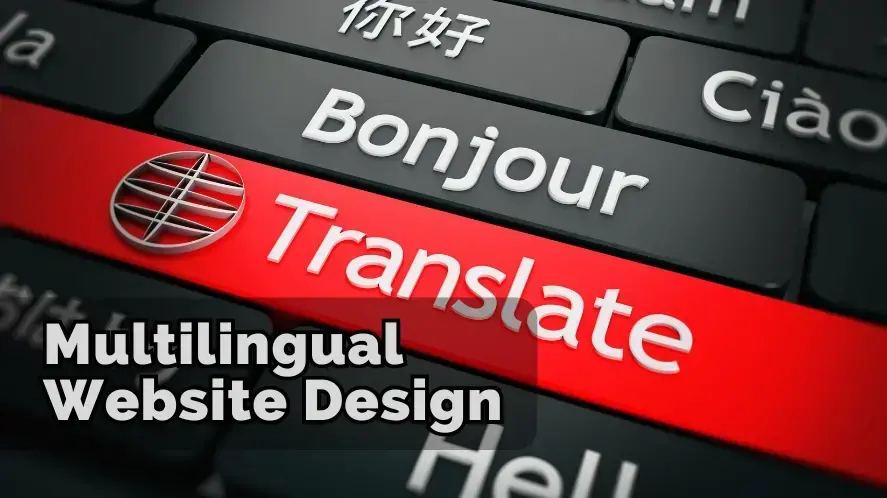A website's reach is no longer confined by geographical borders or linguistic limitations in an increasingly interconnected world. A multilingual website, designed to cater to diverse language audiences, transcends these barriers, fostering global engagement and unlocking new opportunities. It's not merely a matter of translating content; it's about crafting a seamless, culturally sensitive user experience that resonates with each target audience.
This article delves into the intricacies of multilingual website design, exploring its advantages, implementation strategies, essential tips, resource comparisons, real-world use cases, and ultimately, why it's a crucial investment for businesses seeking international success.
The Advantages of a Multilingual Website
The benefits of a multilingual website extend far beyond simply translating text. By embracing linguistic diversity, businesses can significantly enhance their online presence and achieve many strategic objectives.
Expands Market Reach
A multilingual website demonstrates a commitment to inclusivity and respect for cultural diversity, which can significantly enhance brand perception and customer loyalty in international markets.
Enhanced User Engagement
Demonstrating respect for diverse linguistic backgrounds and fostering a sense of inclusivity will improves user experience. Users are more likely to engage with content presented in their native language, leading to increased dwell time, lower bounce rates, and higher conversion rates.
Global Brand Credibility
It enhances brand credibility and global reputation, positioning the business as a forward-thinking and culturally aware entity. A multilingual website signals a commitment to serving a global audience, building trust, and fostering stronger customer relationships.
Standing Out Globally
It provides a competitive advantage, differentiating the business from competitors who may only offer content in a single language. In today's competitive digital landscape, multilingual capabilities can be a crucial differentiator.
Targeted SEO Growth
It improves SEO performance in international markets. Search engines prioritize localized content, and a well-structured multilingual website can significantly enhance visibility in target language search results, driving organic traffic and boosting international SEO.
How to Implement a Multilingual Website
Creating a multilingual website requires meticulous planning and a strategic approach. The process involves several key steps:
1. Define Target Languages and Markets
Begin by identifying the languages and regions you want to target. Conduct market research to understand the linguistic landscape of your target audiences and prioritize languages based on market potential and business goals.
2. Develop a Content Strategy
Create a content strategy that considers the cultural nuances and linguistic preferences of each target audience. Avoid direct translations that may lack cultural relevance. Instead, focus on transcreation, which involves adapting content to resonate with the specific cultural context of each target market.
3. Choose a Multilingual Website Structure
Select a website structure that effectively manages multiple languages. Common approaches include:
Subdomains: (e.g., en.example.com, fr.example.com) - Offers clear separation of language versions and can be beneficial for SEO.
Subdirectories: (e.g., example.com/en/, example.com/fr/) - Easier to implement and maintain, but may not be as effective for SEO as subdomains.
Country Code Top-Level Domains (ccTLDs): (e.g., example.fr, example.de) - Provides strong localization signals for search engines but requires managing multiple domains.
Language Parameters: (e.g., example.com?lang=en, example.com?lang=fr) - Simplest to implement but can be less user-friendly and may not be optimal for SEO.
4. Implement Language Switching
Provide users with a clear and intuitive way to switch between languages. Place language selectors in a prominent location, such as the header or footer of the website. Consider using flags or language names to represent language options.
5. Translate Website Content
Employ professional translators or translation services to ensure accurate and culturally appropriate website translations. Consider using translation management systems (TMS) to streamline the translation process and maintain consistency.
6. Localize Website Elements
Beyond text, localize other website elements, such as images, videos, dates, currencies, and contact information. Adjust layouts and design elements to accommodate different writing directions and cultural preferences.
7. Optimize for International SEO
Implement hreflang tags to inform search engines about the language and regional targeting of your website. Optimize keywords for each target language and build backlinks from relevant international websites.
8. Test and Validate
Thoroughly test your multilingual website to ensure that all language versions function correctly and provide a seamless user experience. Conduct user testing with native speakers to identify any potential issues or areas for improvement.
Essential Tips for Multilingual Website Design
To create a truly effective multilingual website, consider these essential tips:
- Prioritize User Experience
Design for clarity and ease of navigation in all language versions. Ensure that users can easily find the information they need, regardless of their language preference.
- Maintain Consistency
Ensure consistency in branding, design, and messaging across all language versions. Develop a style guide to ensure consistent terminology and tone of voice.
- Use High-Quality Translations
Invest in professional translation services to ensure accurate and culturally appropriate translations. Avoid relying solely on machine translation, which can often produce inaccurate or awkward results.
- Consider Cultural Nuances
Be mindful of cultural differences in communication styles, imagery, and symbolism. Adapt your website content and design to resonate with the cultural preferences of each target audience.
- Optimize for Mobile
Ensure that your multilingual website is responsive and optimized for mobile devices. Mobile usage is prevalent in many international markets, making mobile optimization essential for global reach.
Provide Excellent Customer Support: Offer customer support in the languages you target. Ensure that your support team is knowledgeable about the cultural nuances of each target market.
Regularly Update and Maintain
Keep your multilingual website content up-to-date and relevant. Regularly review and update translations to ensure accuracy and consistency.
- Implement Hreflang Tags correctly
Hreflang tags are critical for SEO. Implement them carefully and validate them using online tools.
Apps, Resources, and Comparison
Several tools and resources can assist in creating and managing multilingual websites. These platforms and services streamline the often complex process of translating, localizing, and maintaining content across multiple languages, ultimately saving time and ensuring consistency. Choosing the right tools depends on factors like website platform, budget, project scale, and desired level of automation and human oversight.
- Translation Management Systems (TMS)
TMS is centralized platforms to streamline the entire translation workflow, including project management, translation memory, terminology management, and collaboration for human translators, and here are the examples:
- Transifex: Cloud-based TMS with features for translation, localization, and collaboration.
- Crowdin: Another cloud-based TMS with a focus on collaborative translation and localization.
- Smartling: Enterprise-level TMS with advanced features for translation, localization, and content management.
- Lokalise: Modern TMS with strong API and developer focus.
Comparison:
Transifex and Crowdin are excellent for community-driven translations and smaller projects. Smartling is better for larger enterprise needs. Lokalise is developer-friendly and has modern features.
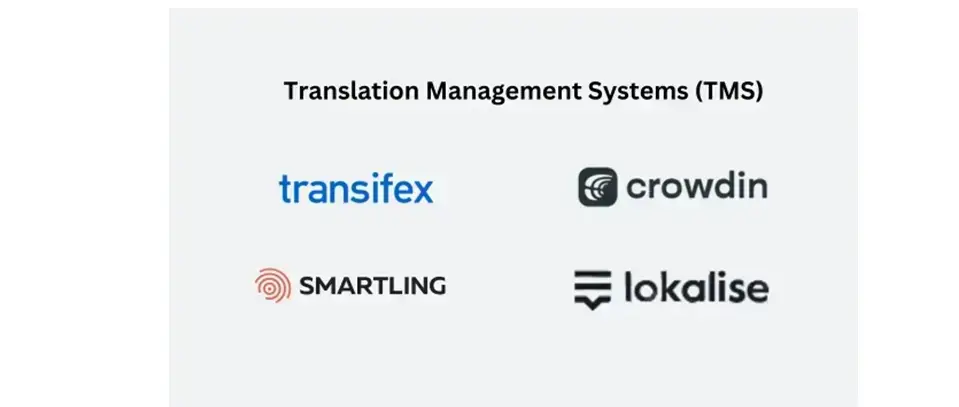
- Website Translation Plugins:
Website translation plugins are tools integrated directly into a website platform (like WordPress multilingual plugins) to facilitate the translation and display of content in multiple languages, often offering varying degrees of automation and manual control.
WPML (WordPress Multilingual Plugin): Popular plugin for WordPress websites, offering comprehensive multilingual capabilities.
Polylang: Free WordPress plugin for creating multilingual websites.
Weglo: Cloud-based translation plugin that automatically translates website content.
GTranslate: Google Translate-powered plugin for automatic website translation.
Comparison:
WPML is powerful and widely used, but is a paid plugin. Polylang is great for those looking for free options. Weglot is very easy to use, and quickly translates a site, but relies on cloud-based translation. GTranslate does the same and relies on Google Translate.
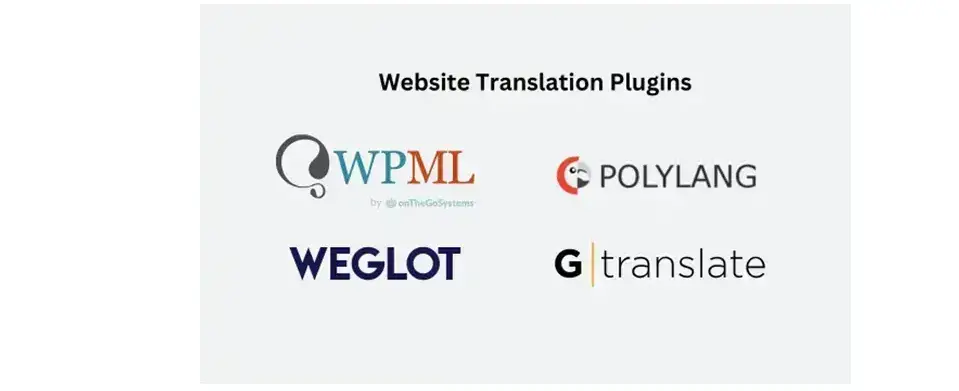
- Machine Translation Tools:
Another type of multilingual website tool is software or online services that use artificial intelligence to automatically translate text from one language to another, providing quick but sometimes less nuanced results.
- Google Translate: Widely used machine translation service.
- DeepL: An AI-powered machine translation tool known for its accuracy.
- Microsoft Translator: Machine translation service from Microsoft.
Comparison:
DeepL is often considered to provide the most accurate machine translations, but Google Translate is more widely available and integrated into many services. Microsoft Translator is useful for those already in the Microsoft ecosystem.
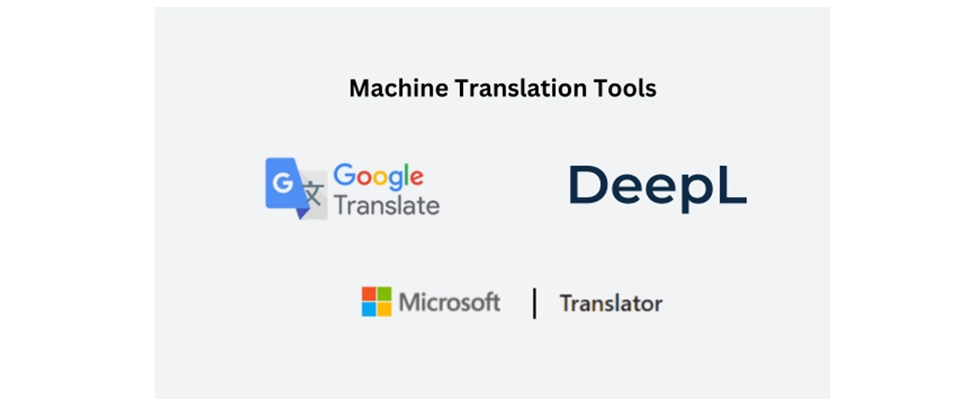
- Professional Translation Services:
Using Human-powered translation provided by skilled linguists will ensure accuracy, cultural appropriateness, and linguistic fluency, often used for critical or high-visibility content.
- Lionbridge: Global translation and localization services.
- TransPerfect: Large translation and localization company.
- Gengo: Crowdsourced translation platform.
Comparison:
TransPerfect offers a comprehensive suite of services beyond translation. In contrast, Gengo, now part of Lionbridge AI, is known for its speed and efficiency, leveraging a large network of freelance translators. Lionbridge also handles large enterprise clients and complex projects.
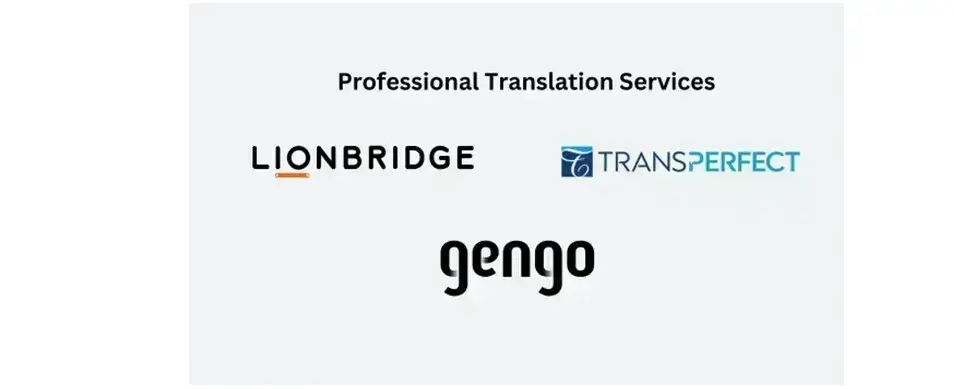
Use Cases
Multilingual websites are essential for various industries and businesses. In a more worldwide business environment, the ability to communicate with customers in their native language is no longer a ry but a fundamental requirement for growth and success.
Here are some use cases of the multilingual websites application in various industries and businesses:
- E-commerce
Online retailers can expand their customer base and increase sales by offering product descriptions, checkout processes, and customer support in multiple languages.
- Tourism and Hospitality
Hotels, airlines, and travel agencies can attract international travelers by providing website content in their native languages.
- Software and Technology
Software companies can reach a global audience by localizing their software interfaces, documentation, and marketing materials.
- Education
Universities and online learning platforms can attract international students by offering course information and application processes in multiple languages.
- News and Media
News organizations can reach a broader audience by translating their articles and content into multiple languages.
- Government and Non-Profit Organizations
Organizations can effectively communicate with diverse communities by providing information and services in multiple languages.
- Manufacturers
Global manufacturing companies can provide product manuals, safety information, and customer support in multiple languages.
Conclusion
By implementing a well-planned multilingual strategy, businesses can unlock new opportunities, enhance user experience, and build a strong global brand. While the process requires careful planning and execution, the benefits far outweigh the challenges. Investing in professional translation services, utilizing appropriate tools and resources, and prioritizing user experience are crucial for creating a successful multilingual website.

Audee Mirza is a graphic designer and WordPress developer at audeemirza.com who resides in Surabaya, Indonesia. She's also the author of Graphic Identity Blog, a professional logo designer, and often creates vector illustrations for clients and marketplaces. She enjoys good typography design and all kinds of animation.
View all posts by Audee Mirza















